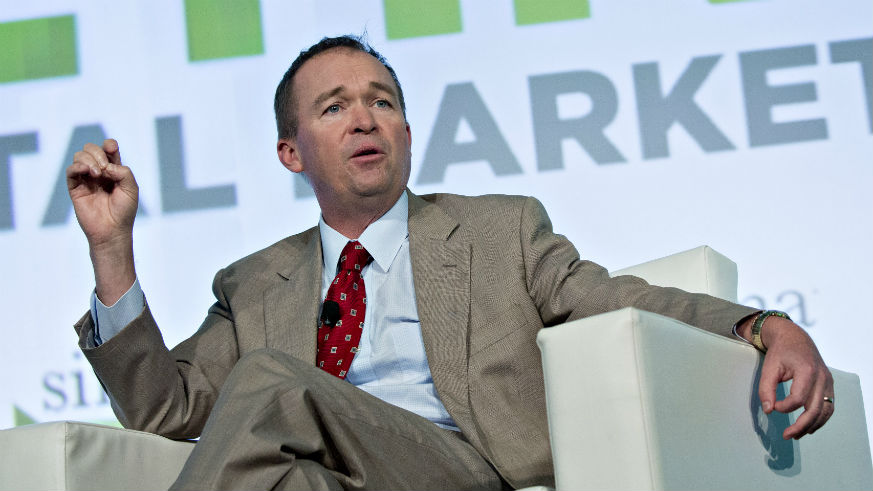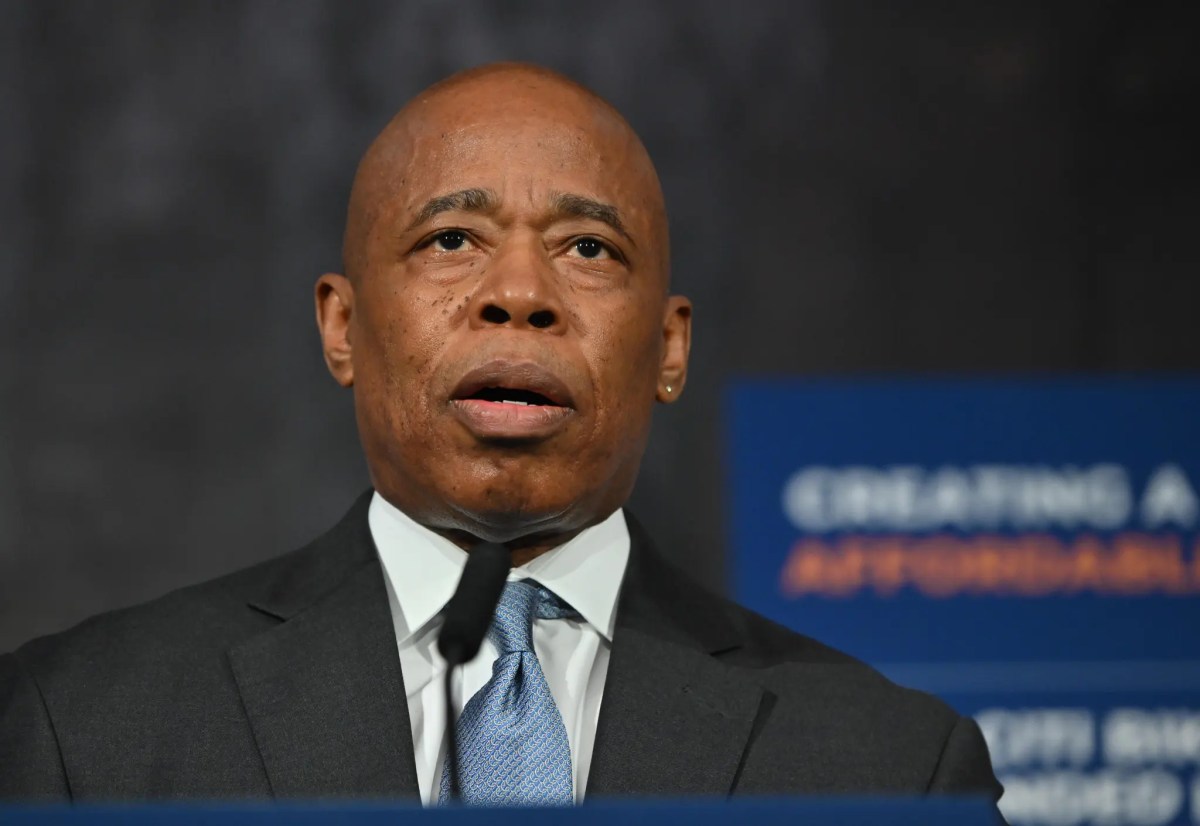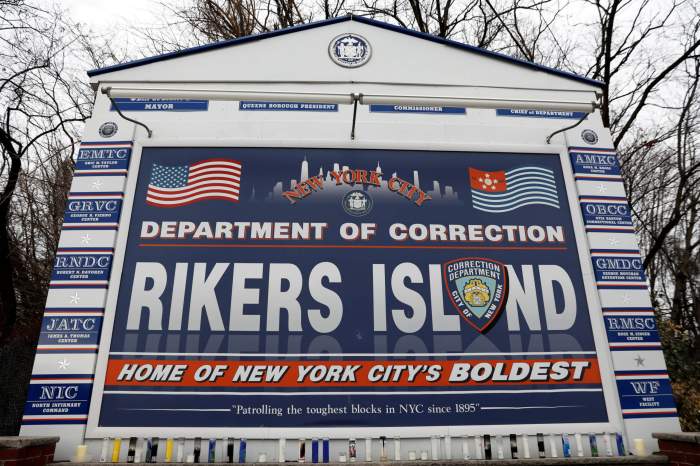The Consumer Financial Protection Bureau was in the headlines this week because of an unusual battle about its leadership. When the government agency’s director, Richard Cordray, resigned, President Trump appointed budget chief Mick Mulvaney as acting director. But the deputy director, Leandra English, claimed that according to law, she was the acting director until the president’s nominee for the position was confirmed by the Senate. Mulvaney showed up to the office with donuts; English stayed home. Both sent emails to the staff signed as “Acting Director.” English filed for an injunction again Mulvaney’s appointment on Monday, which a judge shot down Tuesday night.
What is the Consumer Financial Protection Bureau, and what does it do?
The Consumer Financial Protection Bureau (CFPB) creates and enforces regulations for banks and lenders, incorporating mortgages, credit cards and loans. The agency’s website describes its purpose as “to make markets for consumer financial products and services work for Americans—whether they are applying for a mortgage, choosing among credit cards, or using any number of other consumer financial products.” Headed by a director that serves a five-year-term, it has a staff of 1,600 based in Washington, D.C.
When was the Consumer Financial Protection Bureau founded?
In the 2000s, publicity grew around Americans affected by exploitative financial policies and services, from usurious payday lenders and abusive debt collectors to “universal default,” a policy which allowed credit card companies to raise interest rates on every card a customer held after he or she paid late on only one of them.
The CFPB was proposed in 2007 by Elizabeth Warren, then a Harvard law professor. In September 2010, then-President Obama appointed her to be a special assistant to the president to set up the agency.

It was formally established as part of Dodd-Frank, a July 2010 financial-reform act passed by Congress in response to the crash of 2008, which was largely caused by speculative lending practices. It launched in July 2011.
Why is it controversial?
Republicans objected to the concept of the agency, arguing that it should be run by a board of directors instead of an individual, like the FDIC and SEC. Warren was so disliked by Republicans that Obama didn’t nominate her to serve as official director, nominating Cordray instead. The GOP refused to allow a confirmation vote, leading Obama to install Cordray via a recess appointment through the end of 2013. In July 2013, the Senate finally confirmed him.
What next?
On Nov. 28, Trump-appointed judge Timothy Kelly denied English’s request for an injunction preventing Mulvaney from taking the position, so he seems to be director for now. “We will continue to fight for the rule of law and will pursue an injunction,” tweeted English.
Agency founder Warren called for a quick nomination of and vote on a permanent director. “It’s not clear how long an interim appointment or appointments might last,” she said Monday. “When Donald Trump nominates someone to be the head of the agency, it will then come over to Congress, and every Republican is going to have to take a close look at that and decide whether they want to go with a director who is on the side of the banks or a director who is on the side of hard-working families.”























